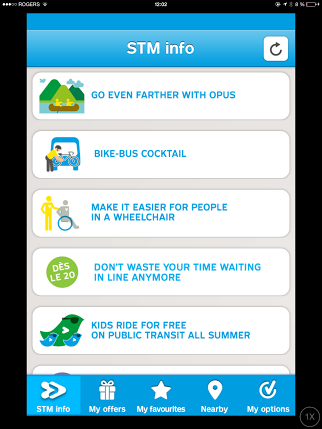Government CIOs And CMOs Unite! Governments Must Embrace The “Marketing” Function
Here at Forrester we are busy planning our upcoming Forum For CIOs And CMOs. With a theme of “Building A Customer-Obsessed Enterprise” the event explores the partnership between marketing and technology leaders. But what about our government clients? The role of marketing is associated with the private sector. Companies employ marketers to identify their target markets and the opportunities for providing goods and services to them. Public-sector organizations don't typically have the luxury of choosing their target market or their products and services. Or at least that’s what most organizations think. But even if that is the case, it doesn't mean that these organizations shouldn't get to know their "customers" and understand how best to meet their needs. While the service might be prescribed by legislation or regulation, public organizations can influence the customer experience, and the rising focus on citizen engagement mandates they do so.
 And, in the city of Montreal, the Société de Transport de Montreal (STM) did just that. Looking to improve the image of public transportation and increase ridership STM brought onboard marketing talent to help. With experience in creating customer loyalty programs, their new director of marketing set out to better understand STM's "customers" and craft a program to better engage them. However, he couldn’t do it alone. The new CMO quickly recognized that to create the program he envisioned, he would "need the CIO in the room." Fortunately, STM had a CIO who also understood the value of customer engagement. Together they were able to communicate the program's potential and mobilize others to realize it. A true CMO-CIO partnership – in the public sector – drove the new STM Merci program.
And, in the city of Montreal, the Société de Transport de Montreal (STM) did just that. Looking to improve the image of public transportation and increase ridership STM brought onboard marketing talent to help. With experience in creating customer loyalty programs, their new director of marketing set out to better understand STM's "customers" and craft a program to better engage them. However, he couldn’t do it alone. The new CMO quickly recognized that to create the program he envisioned, he would "need the CIO in the room." Fortunately, STM had a CIO who also understood the value of customer engagement. Together they were able to communicate the program's potential and mobilize others to realize it. A true CMO-CIO partnership – in the public sector – drove the new STM Merci program.
The CIO-CMO partnership enables government organizations to:
- Better understand the organization's “customers.” How do constituents use public services? How often? Via which channels? Would they use web or mobile services? What are their preferences and profiles.
- Design programs to improve the customer experience. Knowing your customers' personas and preferences helps you tailor programs for a better experience. Think online to relieve pressures on in-person services. Experienced marketing leaders bring new ideas for creative engagement and improved experience.
- Drive outreach to continuously engage customers and solicit feedback. Everyone has an opinion on public services, whether it's the lines at the department of motor vehicles or overcrowding on rush-hour buses. The only way to address these issues is to know what they are. Marketing leaders have experience in asking the right questions.
- Effectively collaborate on and realize complex new projects. An effective CMO and CIO partnership can drive successful citizen engagement. Working together, the roles of marketing and tech management can provide a united front combining customer experience with IT execution.
Most government organizations have public affairs or communications departments, but these groups are focused on outbound information flows. Governments need to embrace the inbound function of marketing: understanding the “market,” gathering requirements for products and services, beta testing prototypes with focus groups, analyzing feedback to inform product and services upgrades. None of these concepts are foreign to most public organizations. Whether the role is labeled "marketing" or "customer experience" or something else, public agencies must embrace a marketing function.
For more details on the STM program and the collaboration between the CIO and CMO, take a look at my new case study: Data-Driven Customer Engagement Transforms Public Services.